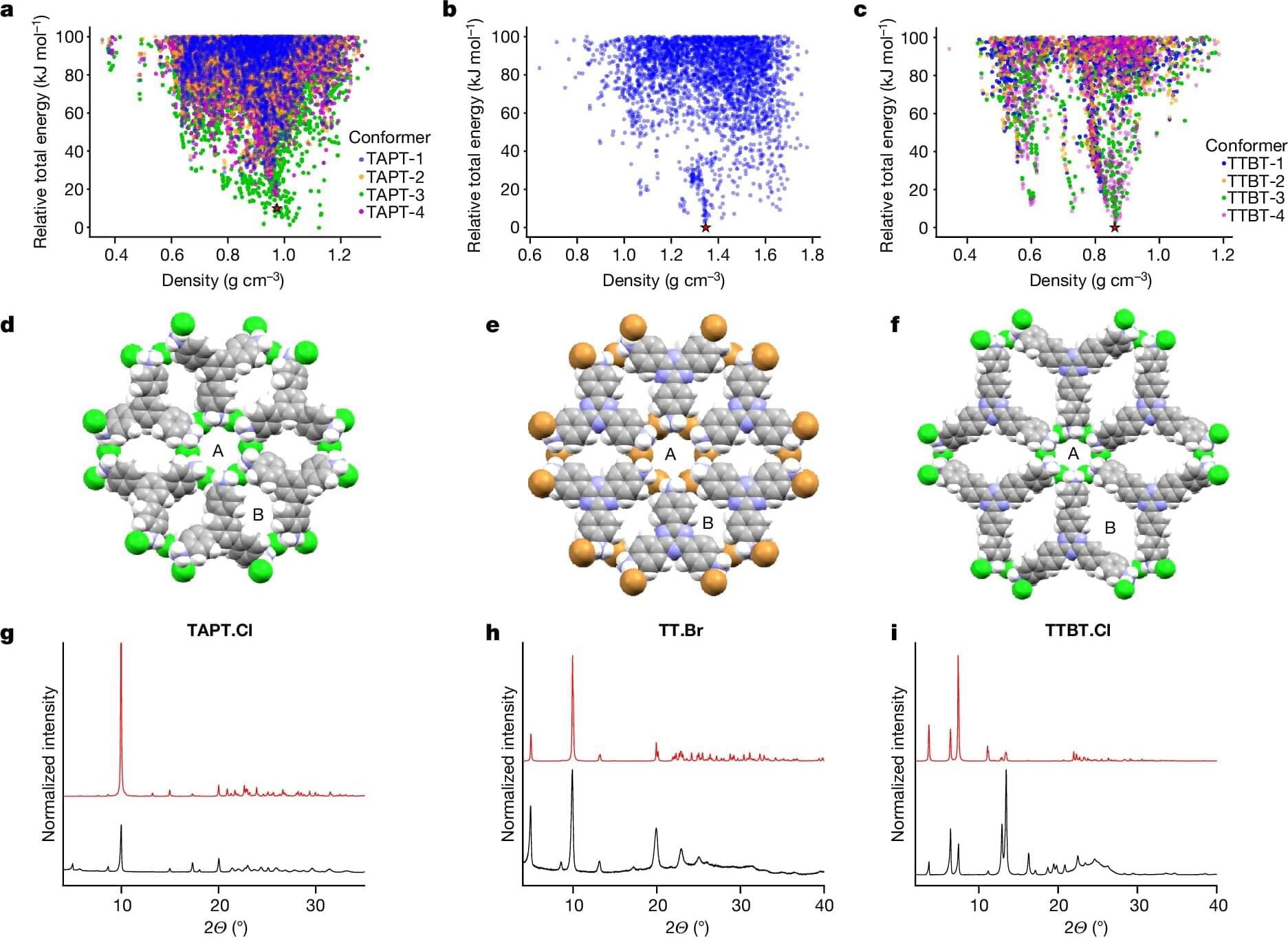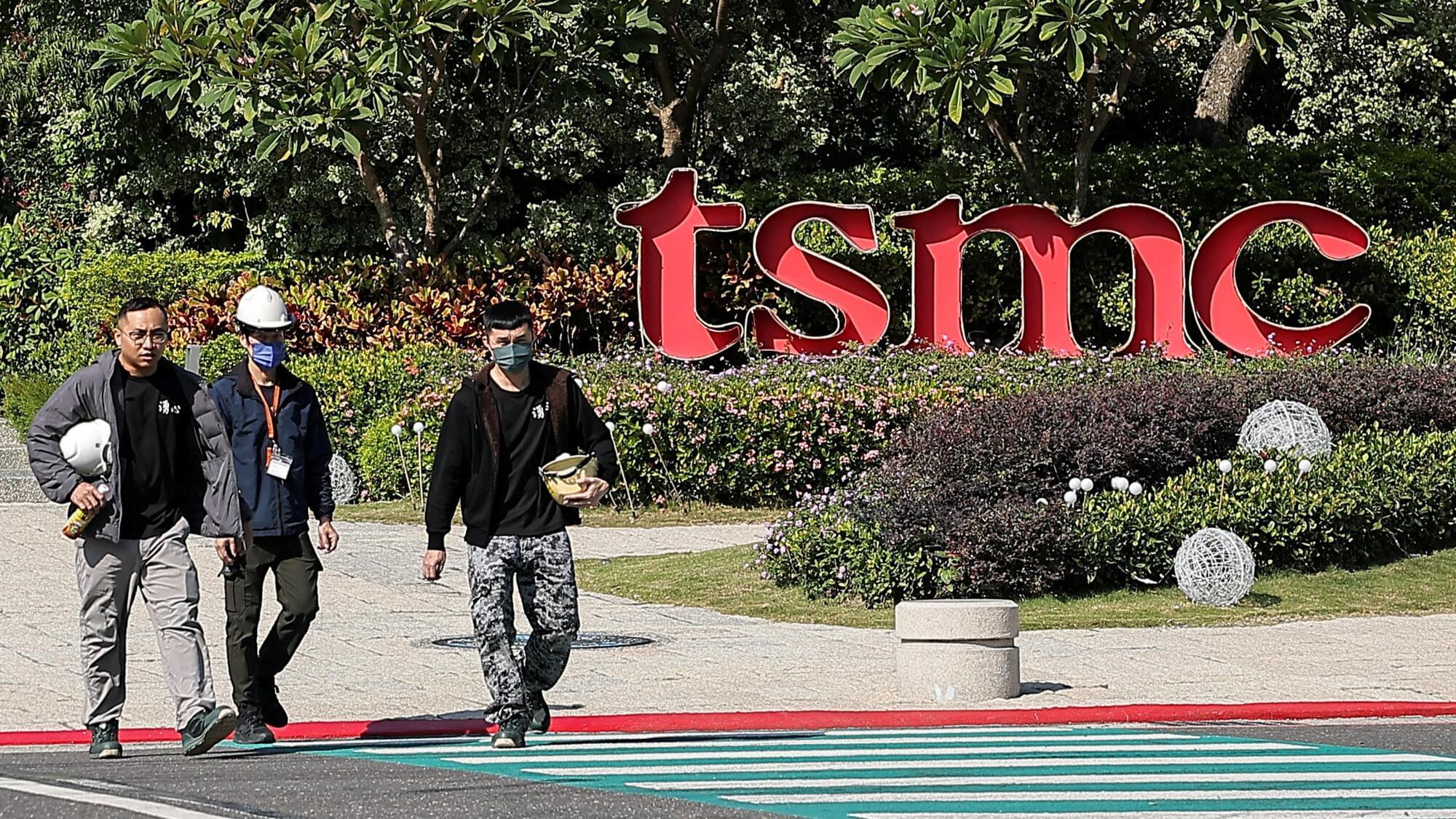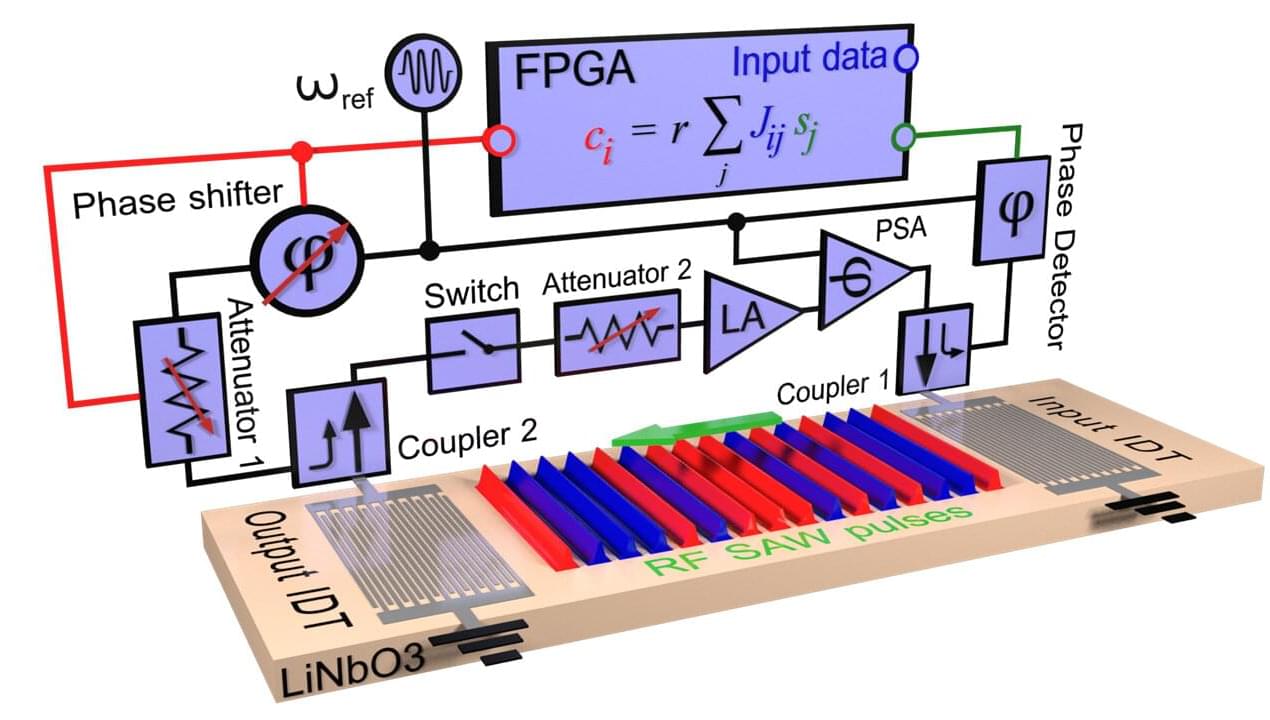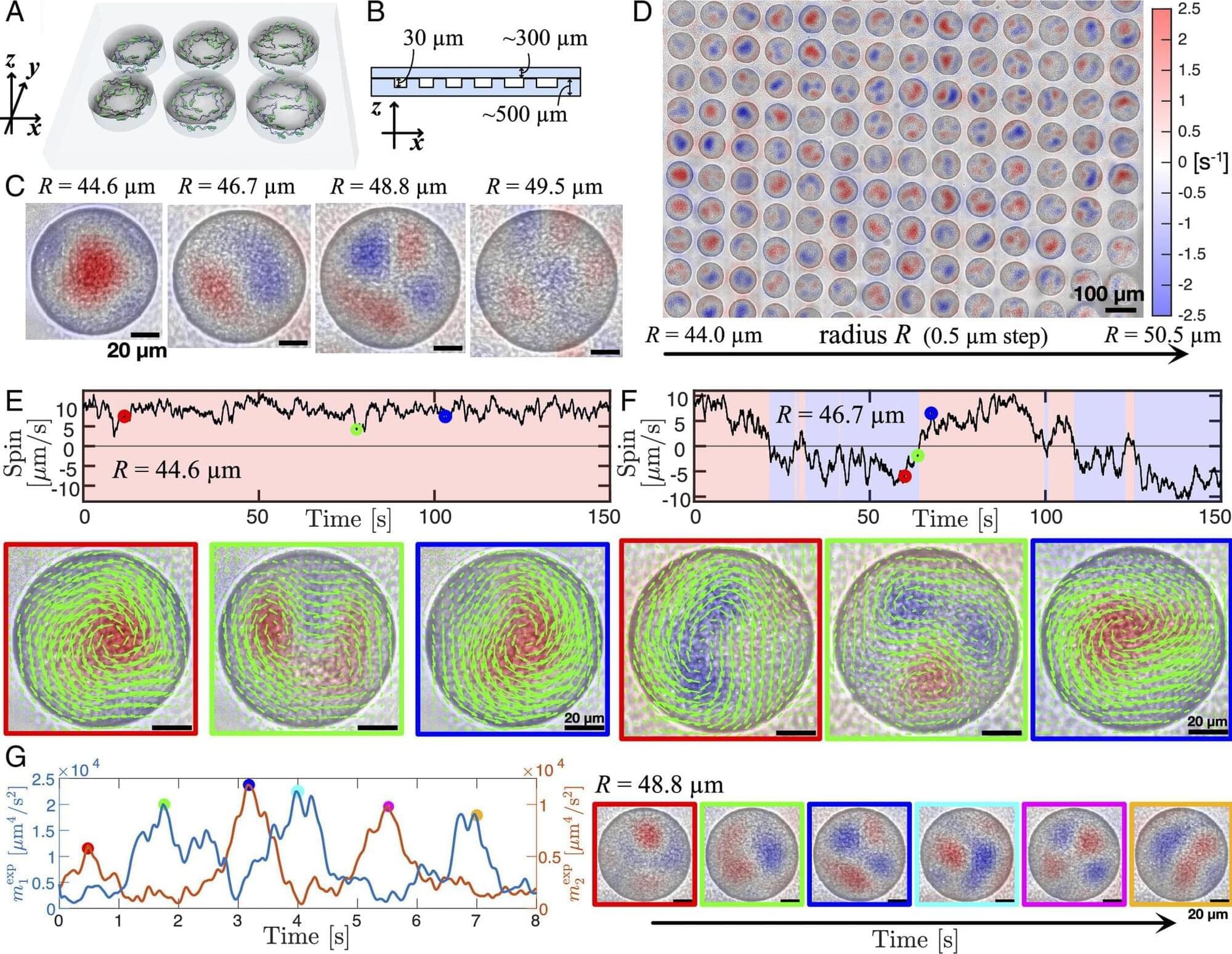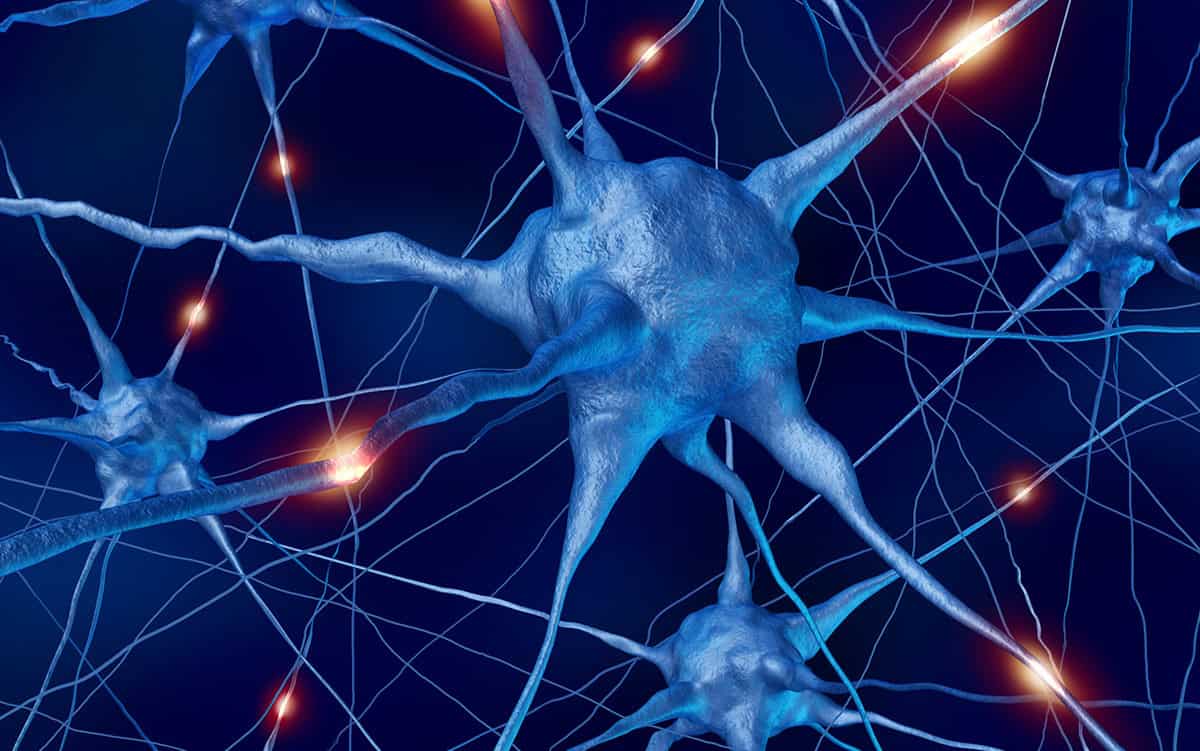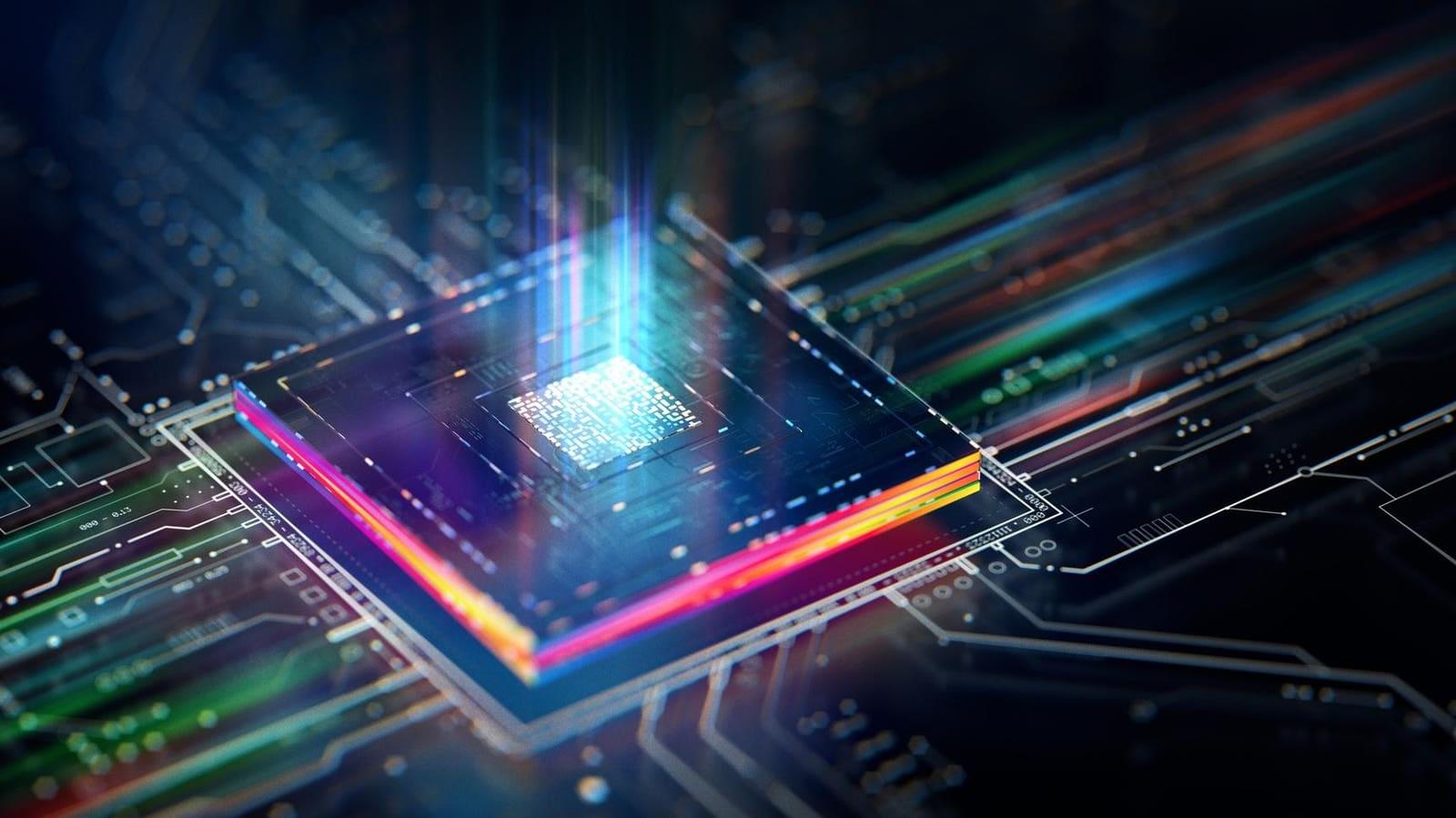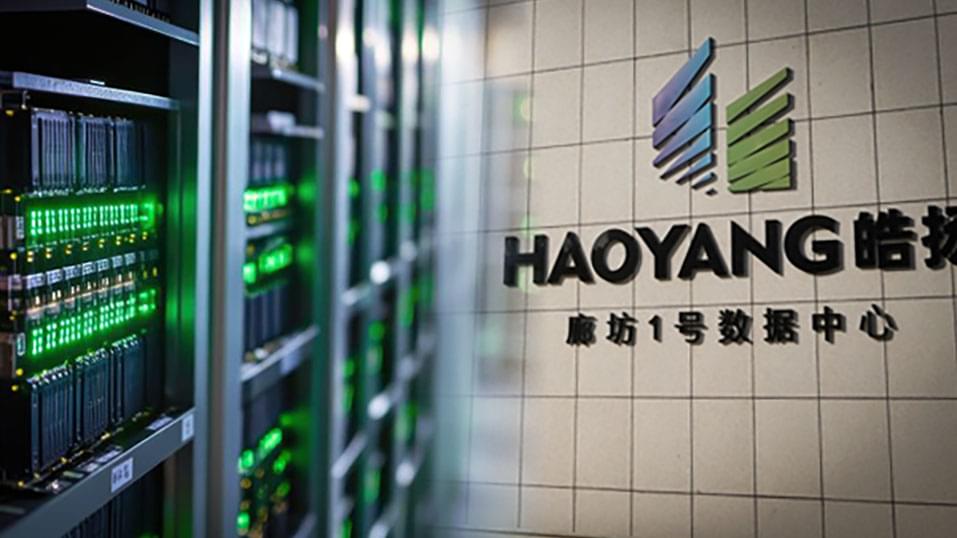The race toward scalable quantum computing has reached a pivotal moment, with major players like Microsoft, Google, and IBM pushing forward with breakthroughs. Microsoft’s recent announcement of its Majorana 1 chip marks a significant milestone, while Google’s Willow chip and IBM’s long-term quantum roadmap illustrate the industry’s diverse approaches to achieving fault-tolerant quantum systems. As the quantum computing industry debates the timeline for practical implementation, breakthroughs like Majorana 1 and Willow suggest that major advancements may be closer than previously thought. At the same time, skepticism remains, with industry leaders such as Nvidia CEO Jensen Huang cautioning that meaningful commercial quantum applications could still be decades away.
Microsoft is redefining quantum computing with its new Majorana 1 chip, a significant breakthrough in the pursuit of scalable and fault-tolerant quantum systems. This quantum processor is built on a novel topological architecture that integrates Majorana particles, exotic quantum states that enhance qubit stability and reduce errors. Unlike conventional qubit technologies, which require extensive error correction, Microsoft’s approach aims to build fault tolerance directly into the hardware, significantly improving the feasibility of large-scale quantum computing. Satya Nadella, Microsoft’s CEO, highlighted the significance of this milestone in his LinkedIn post, We’ve created an entirely new state of matter, powered by a new class of materials, topoconductors. This fundamental leap in computing enables the first quantum processing unit built on a topological core.
